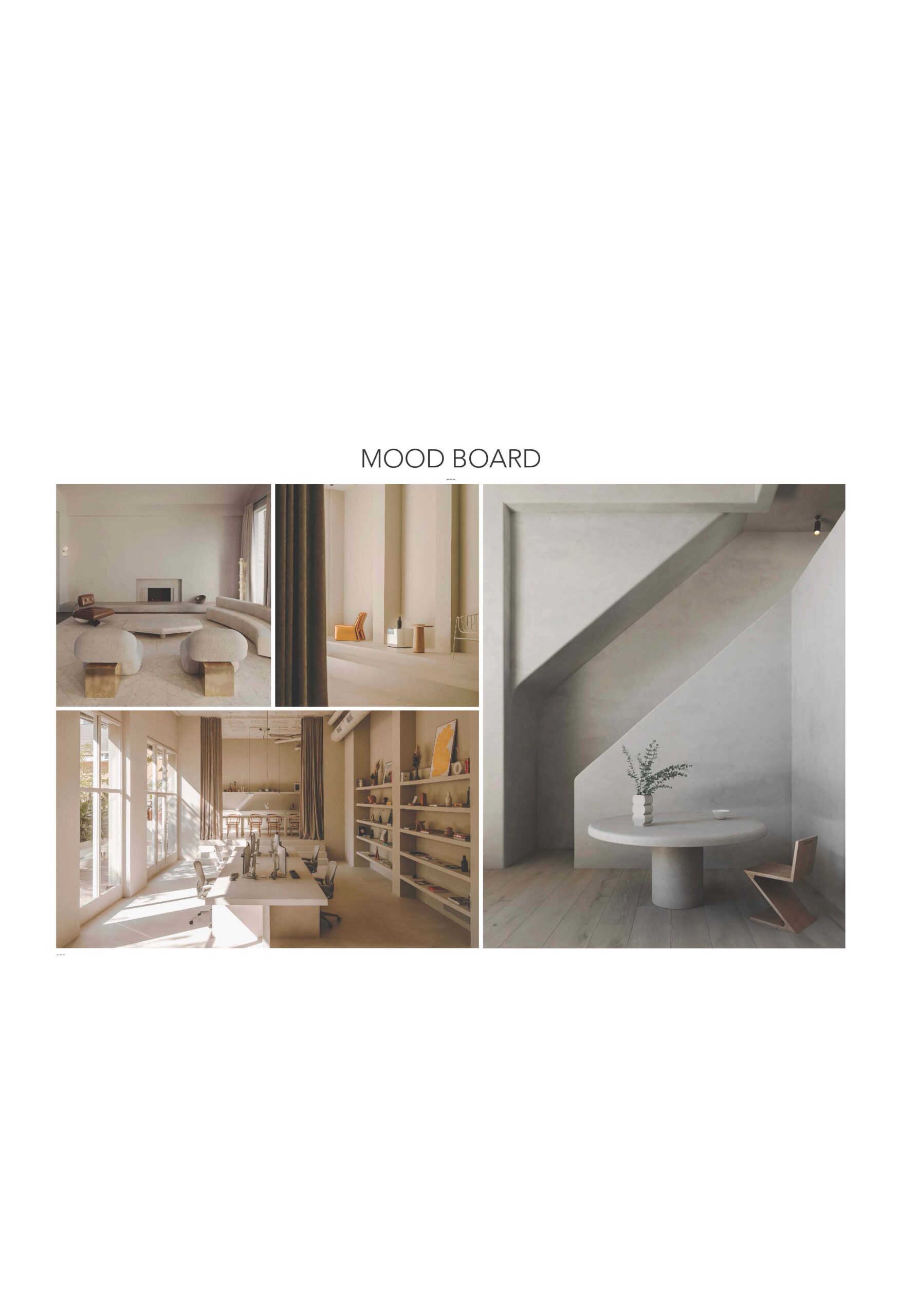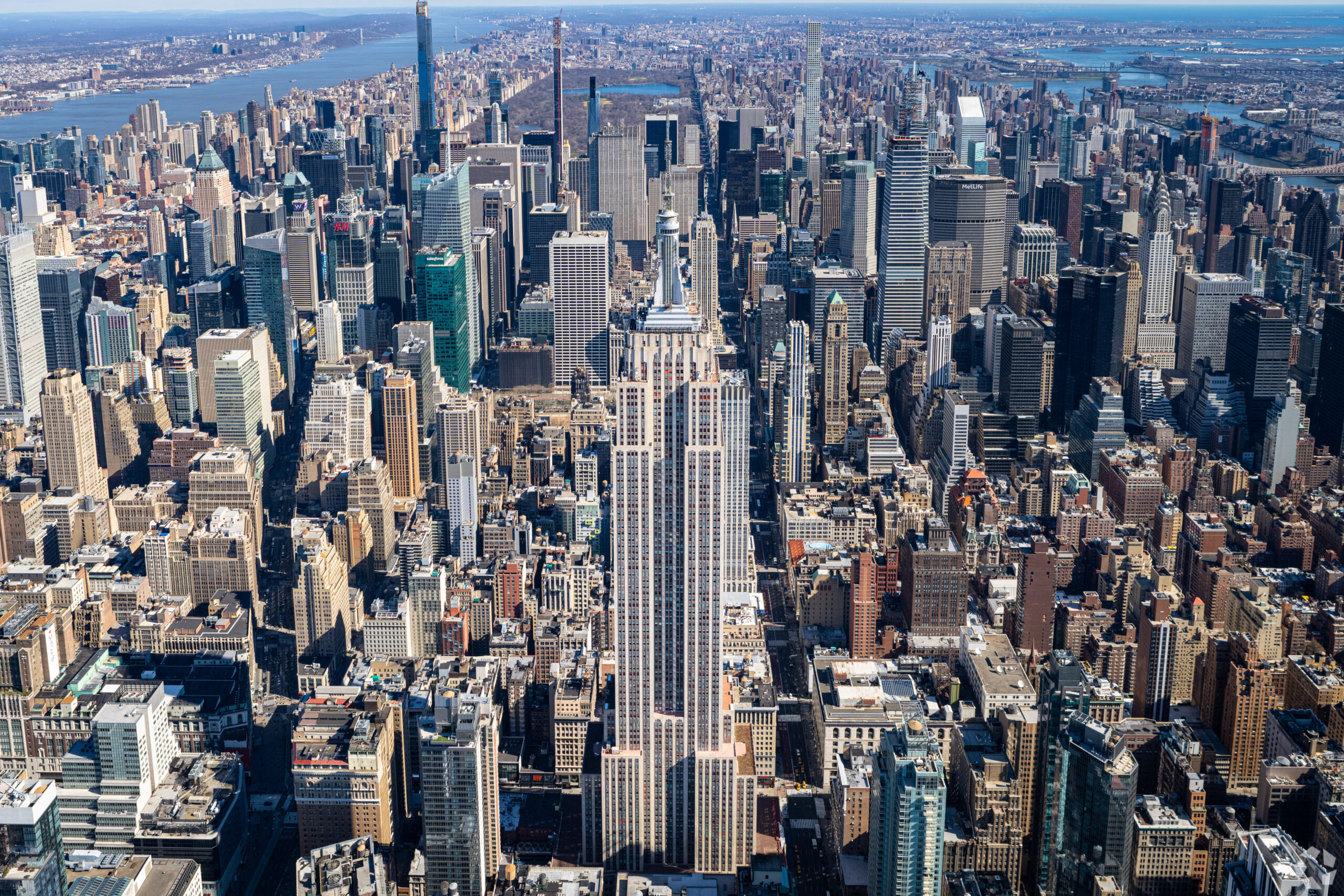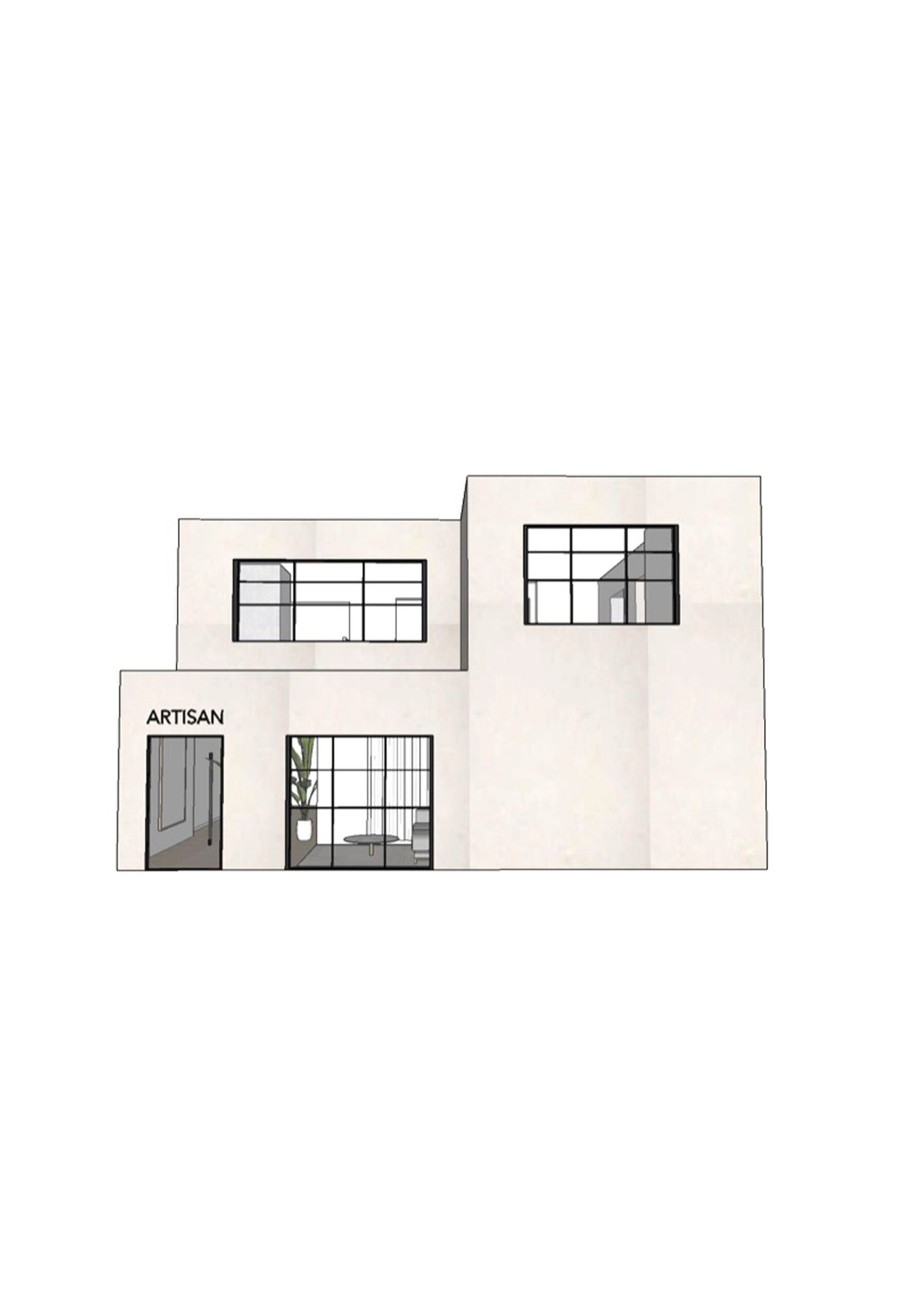Minimalist, eccentric, contemporary, collaborative, office-intensive…these are just a few words that a client could present to our design team when voicing what they want for their new office space. Where do we begin with bringing their idea to life, while putting our Artisan stamp on it? We asked Dani and Katie who make up our design department to give us the rundown.
Where do you begin when building a mood board for a client’s space?
Dani: For the most part, clients come to us because they already have an appreciation for our aesthetic. So it’s a mix of pulling finishes, textures and spaces we’re drawn to as well as creating an overall vision for their spatial direction. We think about what would improve their brand and how can that be implemented in a way that’s cohesive, functional and beautiful.
Katie: First, we love to get an understanding of the client – what they do, what they believe in, what kind of spaces, textures, and colors make them feel productive and good. Then we’ll use that information to find imagery and materials that evoke that mood and act as a guide as we develop the design.
What is the best piece of advice you could give on how to find success in mixing materials, patterns, finishes, etc.?
Dani: If you want to mix colors, materials, patterns, finishes etc, be cognisant of tone. Katie is probably tired of hearing me say ‘tone on tone’ – but it’s a great way to achieve an interesting palette without overwhelming your eye.
Katie: With how we approach this at Artisan, our advice would be to consider a delicacy and balance to the palette when deciding on materials – combining textures, colors, and visual weight to create a timeless mood.
What if a client is drawn to a completely different aesthetic than what you, as a designer, are normally drawn to?
Dani: This a great question and one that I get from ‘non – clients’ a lot. As noted earlier, it’s pretty rare that a client would come to us without understanding our aesthetic at least on a basic level and honestly I’d recommend another great designer if I felt they were a better fit. The last thing you want as a designer (or client!) is to have to convince a client that your vision for their space makes sense. That being said the design process is a collaborative one and often, the most interesting spaces are the ones where a client suggests something that we never would’ve and it’s the most unique and interesting part of the space!
Katie: I think a great skill for a designer is being able to adapt! Sometimes if a client’s vision doesn’t align with ours, we challenge ourselves to meet in the middle and find ways to satisfy their specific asks while keeping our foundation of a neutral, functional, and timeless approach.
Follow us on Instagram to see our weekly MaterialMondays highlight – a mini mood board, if you will!
Want to learn more about how Artisan can create a space that suits your needs? Click here to take our 5 minute quiz and get started today.





